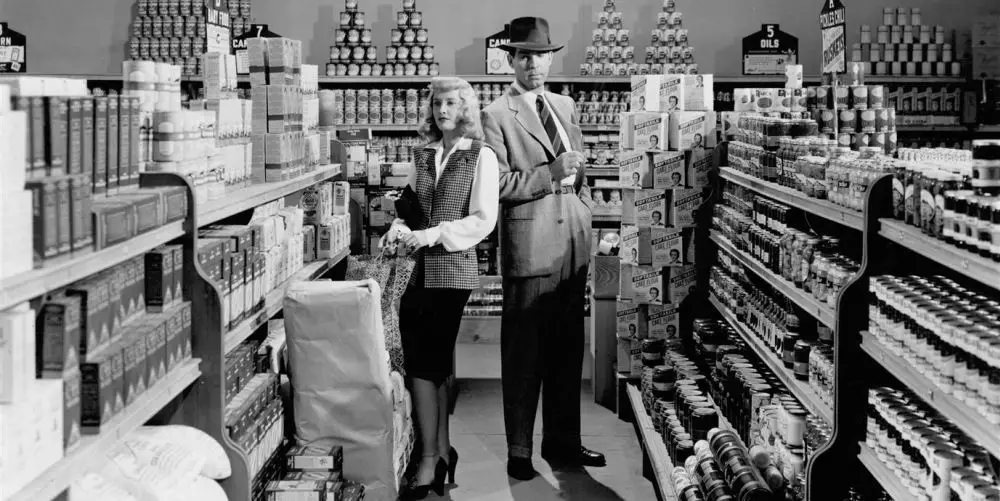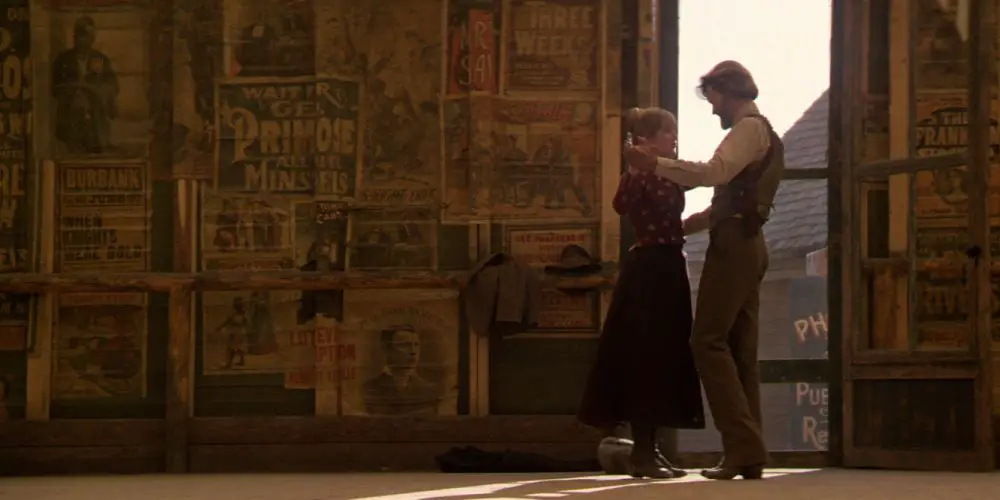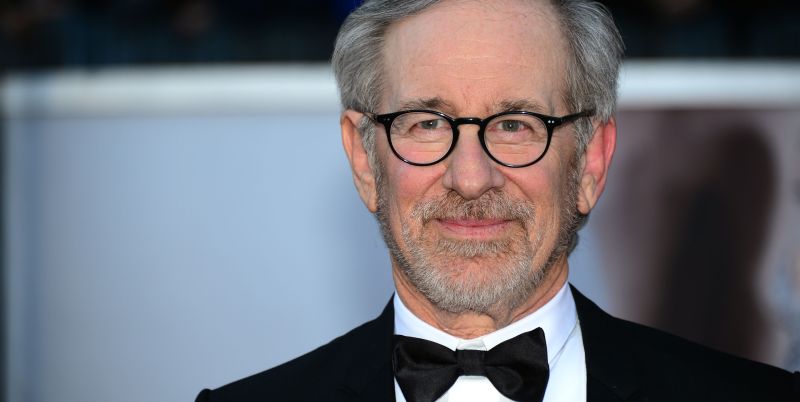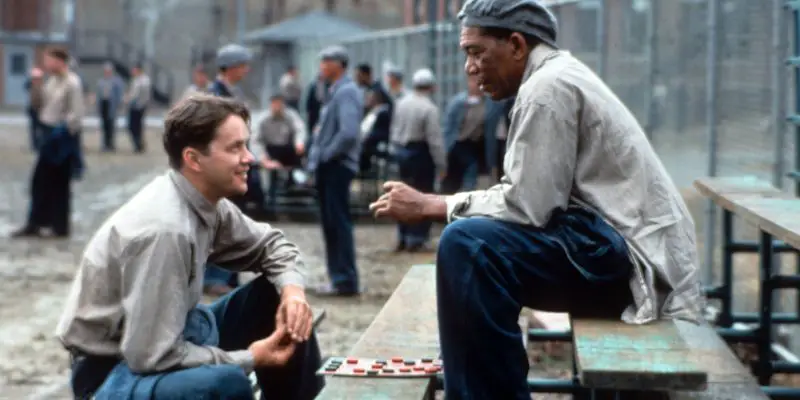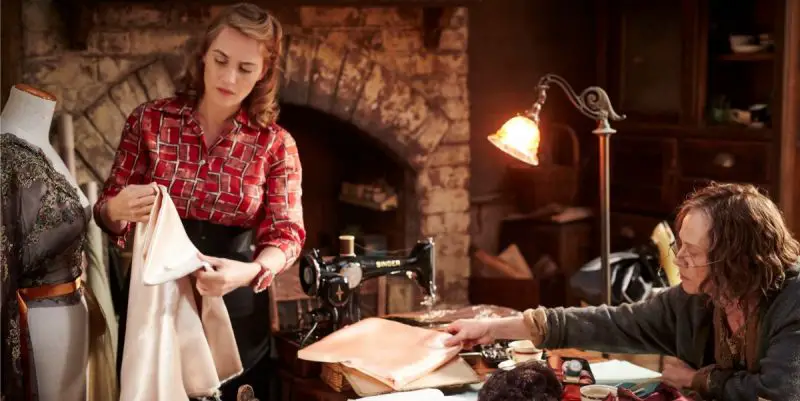
You may be surprised to learn that David Fincher’s career almost never got off the starting grid. 1992’s Alien 3, a poisoned chalice if ever there was one, turned out to be a torrid experience for the former music video director (he had helmed videos for luminaries such as Jermaine Stewart & Madonna, most famously ‘Vogue’), to the point he genuinely considered giving up filmmaking. What a loss to cinema that would have been.
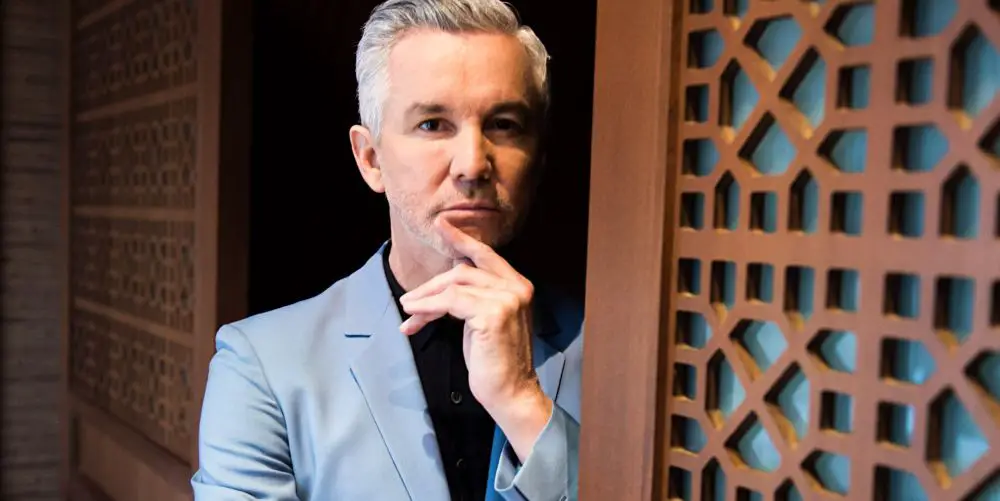
Baz Luhrmann, born Mark Anthony Luhrmann, grew up in the tiny village of Heron’s Creek in New South Wales, Australia, a township which boasted a population of just 312 in 2011. Since then, he has revolutionised the Australian cinema scene and is best known for The Red Curtain Trilogy, comprising of romantic comedy and underdog tale Strictly Ballroom, a modernisation of Shakespearean classic Romeo + Juliet, and Moulin Rouge!, the extravagant and no holds barred musical set in late 19th century Paris.
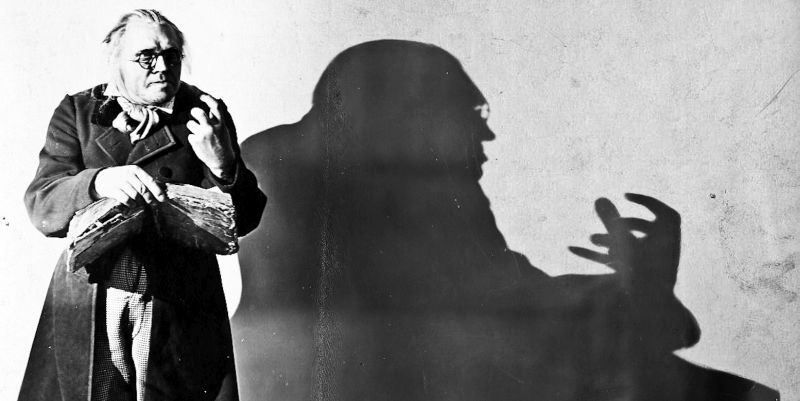
German expressionism was an art movement that began life around 1910 emerging in architecture, theatre and art. Expressionism art typically presented the world from a subjected view and thus attempted to show a distorted view of this world to evoke a mood or idea. The emotional meaning of the object is what mattered to the artist and not the physical reality.
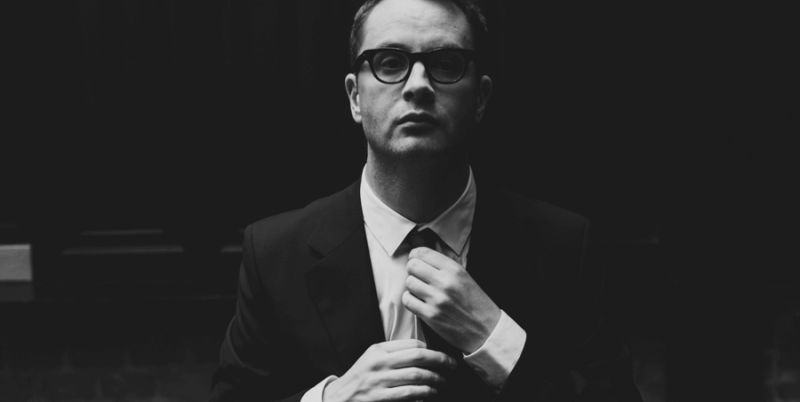
One of the most controversial directors currently working today, Nicolas Winding Refn is a provocative force to be reckoned with. He has an utterly distinctive voice that couldn’t ever be mistaken for anybody else. Each of his films is widely divisive, almost always opening to heated opinion from audiences.
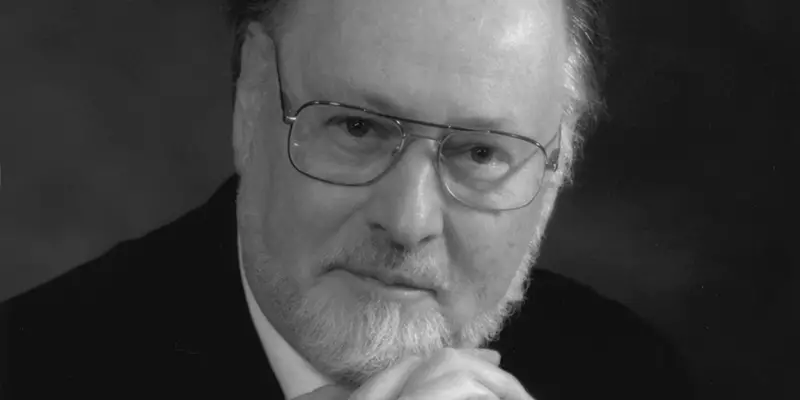
In all production tools of filmmaking, using sound effects is a fundamental factor in capturing a film’s escapist experience and the audience’s reactions. Although sound is not seen on-screen, it does play a crucial role in how films work, and in how it progresses narrative, develops characters and addresses significance. John Williams is an example of a composer whose work has established the importance of music within cinema, and how they play a fundamental role in the entire experience.
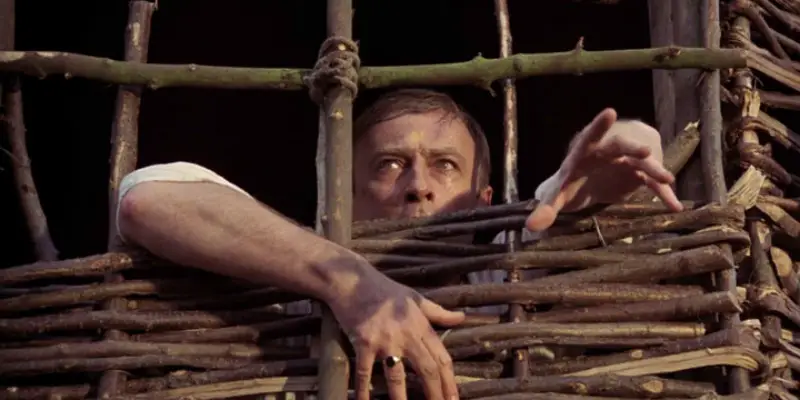
In the brilliant and insightful documentary A History of Horror, British writer and actor Mark Gatiss explores the horror genre throughout many countries. While discussing British horror cinema of the 1960’s, Gatiss uses the term ‘folk horror’ to describe a short but very curious subgenre. The films that make up this genre are unmistakably British and owe a large debt to the trail blazers of horror cinema in Britain:
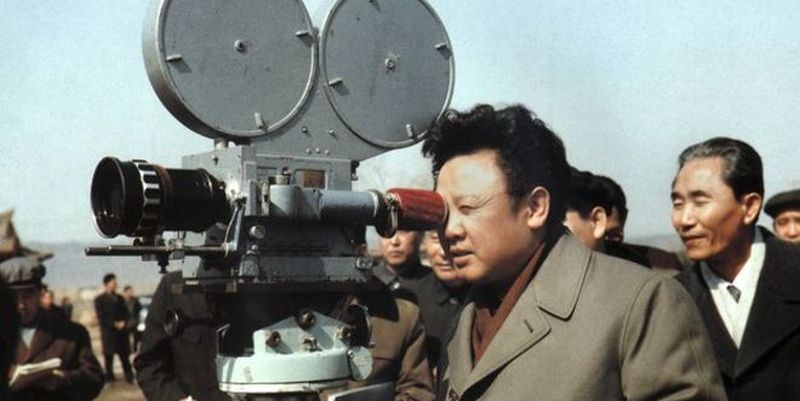
The words “North Korean cinema” have traditionally invoked images of staid, humourless propaganda movies each more concerned with exalting the virtues of the nation’s glorious leaders than sculpting cohesive narratives. For those who have looked into the films emanating from the secretive Asian country it is possible to conclude that, in some instances, this description is rather unnervingly accurate. Many of these stereotypes exist for a reason.
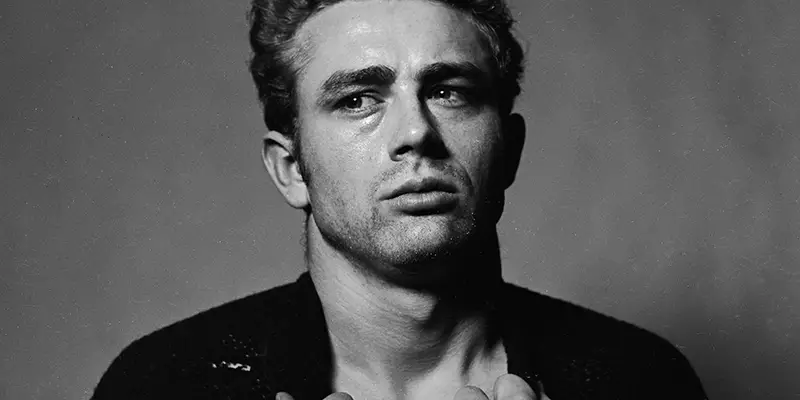
His face adorns posters and t-shirts across the world and, whilst there aren’t many who can likely claim to have seen his films, there aren’t many who haven’t heard his name. James Dean, like Marilyn Monroe, has elevated to the status of cultural icon in much the same way that Kurt Cobain has in the music world. The poster boy for teenage disillusionment, Dean had an experimental approach to life that ran way ahead of his time.
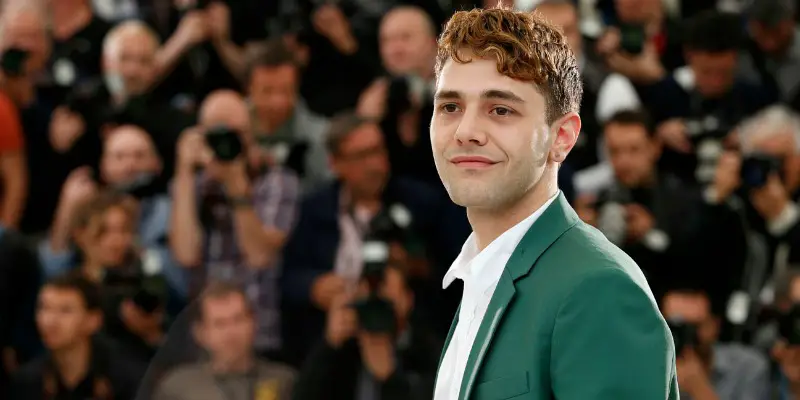
If you don’t keep up, the filmography of Québécois director Xavier Dolan could expand into an intimidating mass. He released five films between 2009 and 2014 and already has two more in the pipeline, additionally serving as writer, editor, actor, and costume designer for several of the projects. That output, along with other extraneous facts, like his young age, has drawn headlines that sadly take attention away from what is an expressive filmography.

Rarely is a filmmaker as entrenched in infamy as John Waters. Born in Baltimore, Maryland in 1946, the king of counterculture became known in the 1970s for his creative collaborations with the equally infamous Divine and his gang of Dreamlanders. He began work as a director with a series of experimental short films including Hag In A Black Leather Jacket (1964) and the Andy Warhol-inspired Roman Candles (1966).


